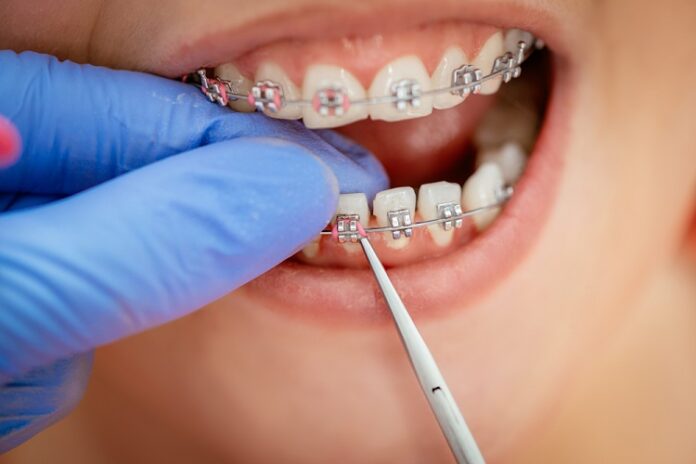Two-phase treatment usually refers to an orthodontic treatment involving two separate treatment stages for the aspired results. This treatment is especially given to children and adolescents dealing with complex dental issues. The first stage of this treatment starts when the child has a mix of baby teeth and permanent teeth, and the second starts when all the permanent teeth emerge.
If you are planning for a two-phase treatment for your child, it can be beneficial to talk to an orthodontist. Feel free to visit our orthodontist in brooklyn two-phase treatment for a consultation where you can study and discuss the effective treatment for your child. Here are the signs that indicate your child needs two-phase treatment.
Table of Contents
Signs of needing two-phase treatment
- Early loss of baby teeth
- Crowded teeth before eruption of permanent teeth
- Chewing or biting problem
- Thumb sucking
Phase 1 of orthodontic treatment
Phase 1 treatment, also known as early interceptive phase treatment, starts when the child has a mixture of both the primary (baby) and the permanent teeth. Pediatric orthodontists usually recommend to start this phase from the age of 6 to 10. This phase aims to treat any problem interfering with the development of jaws and growing teeth. It helps to correct severe problems such as crossbite, underbite, and crowding. It also ensures space for permanent teeth to grow correctly.
Orthodontic appliance involved in phase 1
- Braces (can be for selected teeth only)
- Retainers
- Headgear
- Space maintainers
This treatment lasts for 6 months to 2 years, depending on the issues.
Phase 2 of orthodontic treatment
After phase 1 of the treatment, phase 2 begins. The procedure of this treatment begins when the child has developed all their permanent teeth. This phase of the treatment usually starts from the age of 11 to 14. The treatment focuses on the alignment and appearance of teeth, ideal bite, and smile. However, in some cases, the parents usually opt for the phase 2 treatment, skipping phase 1 once their child is of a certain age, but it is only possible if you consult with an orthodontist for advice.
Orthodontic appliance involved in phase 2
- Braces
- Corrector
- Retainer
This treatment lasts from 12 to 24 months and sometimes more than two years, depending upon the issues.
Common side effects of ongoing orthodontic treatment
- Jaw pain
- Gum infection or bleeding gum
- Eating disturbance
- Scratches due to braces
But can be overcome by taking care of teeth and gums by brushing twice a day using an electric toothbrush and wearing retainers as instructed. You can also use gum wax to prevent scratches from the braces.











